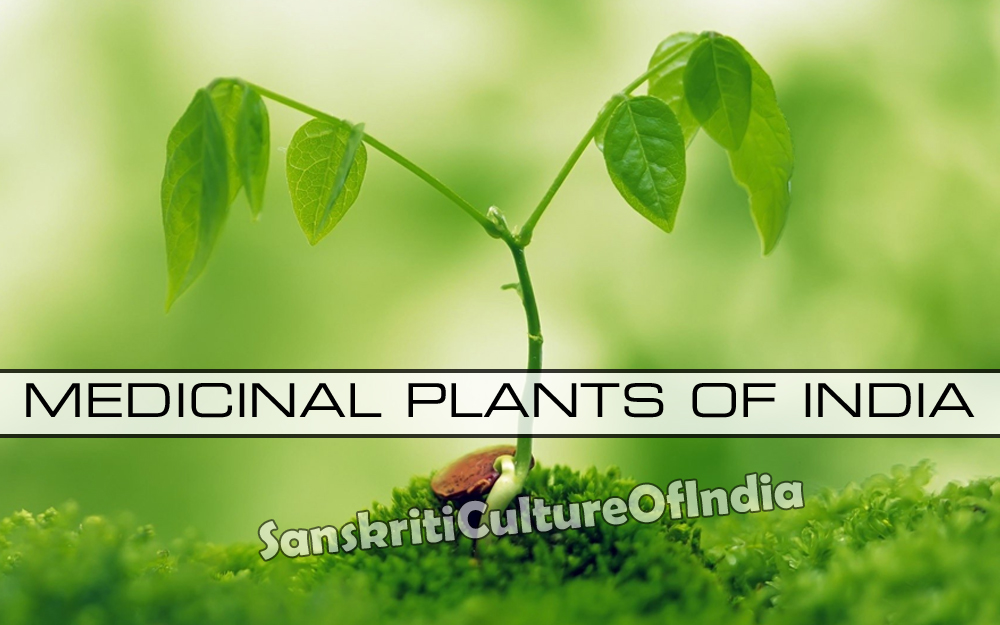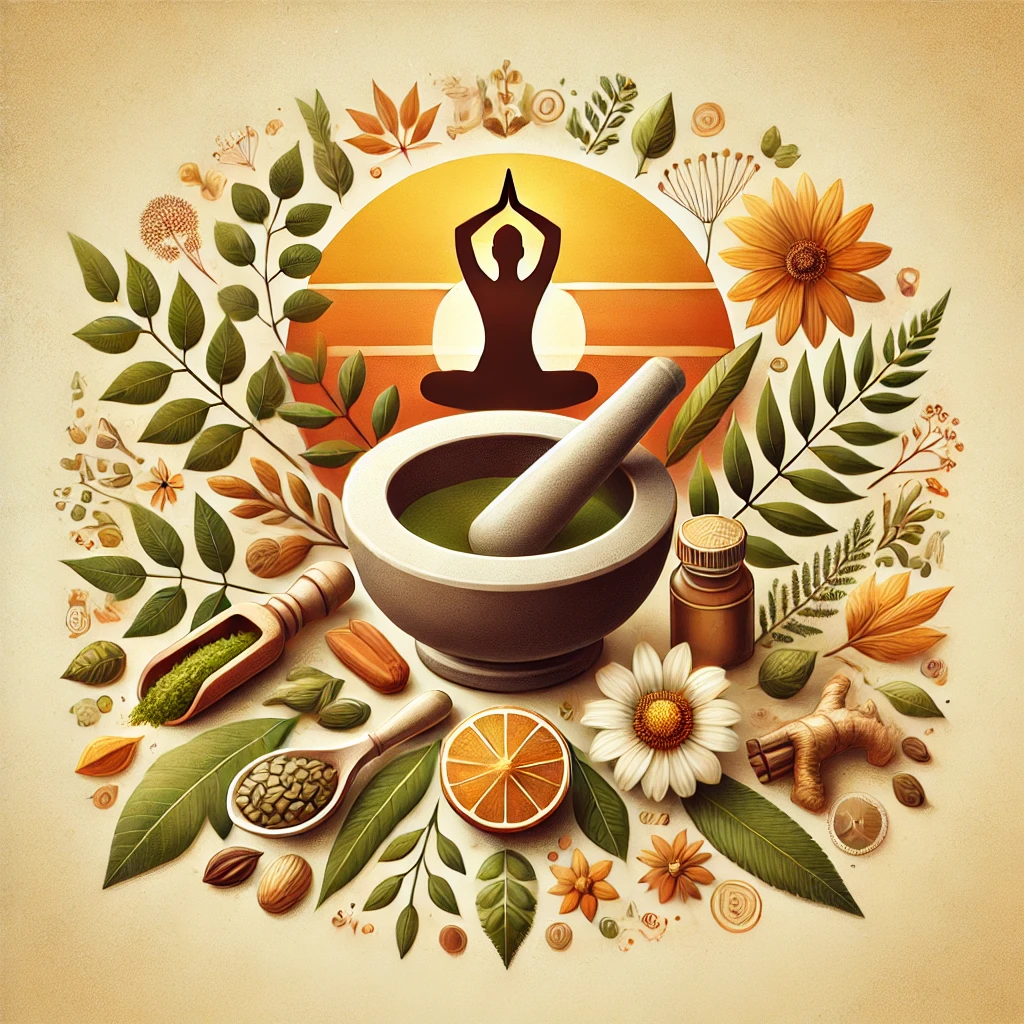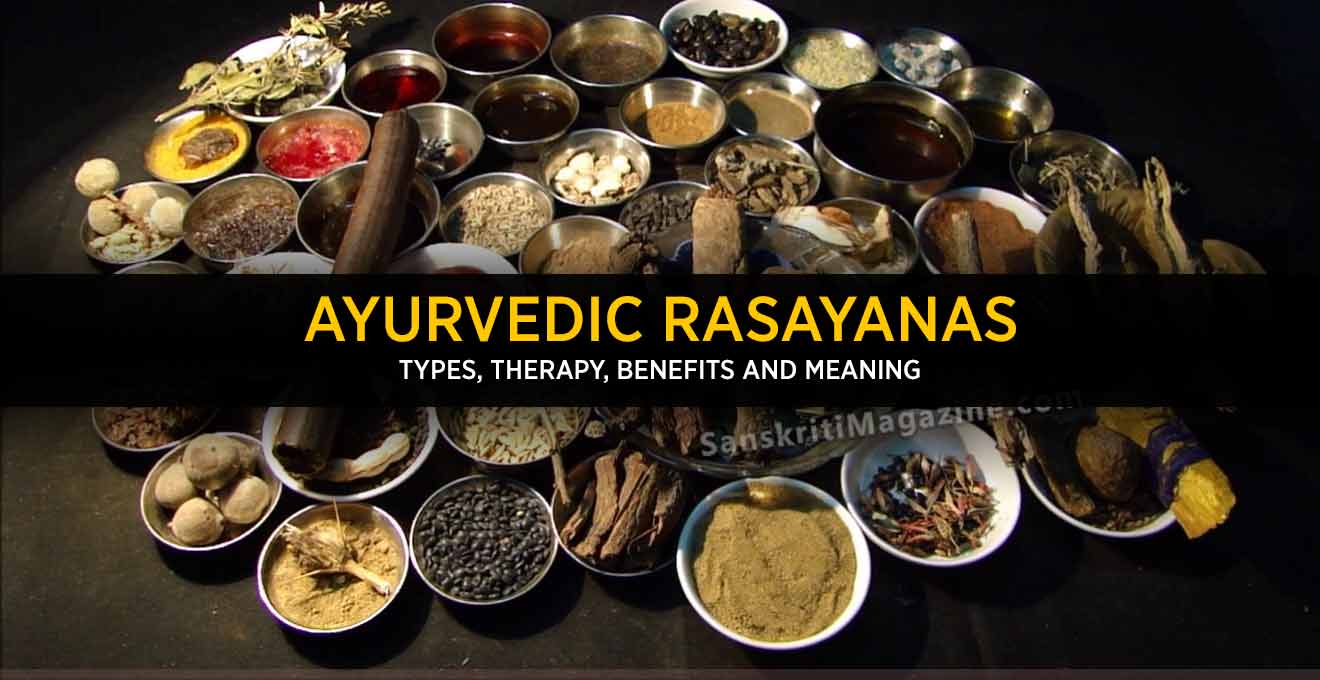The World Health Organisation (WHO) has been promoting a movement for “Saving Plants for Saving Lives”. This is because of the growing understanding of the pivotal role medicinal plants play in providing herbal remedies to health maladies. India is the home of several important traditional systems of health care like Ayurveda, Siddha and Unani. All these systems depend heavily on herbal products. In addition, allopathic drugs are also derived from a wide range of plant products. Biotechnology has further helped to accelerate progress in bio-prospecting for molecules of value in the preparation of life-sustaining drugs.
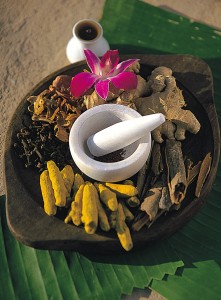 Several millions of Indian households have been using through the ages nearly 8,000 species of medicinal plants for their health care needs. Over one and half million traditional healers use a wide range of medicinal plants for treating ailments of both humans and livestock across the length and breadth of the country. Over 800 medicinal plant species are currently in use by the Indian herbal industry. However, except for about 120 species, all others are collected from the wild. This collection often involves destructive harvesting when parts like roots, bark, wood, stem and the whole plant (herbs) are used.
Several millions of Indian households have been using through the ages nearly 8,000 species of medicinal plants for their health care needs. Over one and half million traditional healers use a wide range of medicinal plants for treating ailments of both humans and livestock across the length and breadth of the country. Over 800 medicinal plant species are currently in use by the Indian herbal industry. However, except for about 120 species, all others are collected from the wild. This collection often involves destructive harvesting when parts like roots, bark, wood, stem and the whole plant (herbs) are used.
Unregulated wild harvest, alongside habitat loss and degradation, is leading to resource depletion, which in turn is endangering the very survival of these species. No wonder many of the species listed in the Red Data Books of IUCN and the Botanical Survey of India are valued for their medicinal properties.
India’s traditional and folklore medicine bequeathed from generation to generation is rich in domestic recipes for common ailments. Traditional medicine encompasses protection and restoration of health over millennia. The best known examples of traditional medicine, differing in concept and protocol, are well developed systems such as acupuncture and ayurvedic treatments that have been widely used to conserve human health in China and India.
Developed countries in recent times are turning to traditional medicinal systems that involve the use of herbal drugs and remedies. About 1,400 herbal preparations are used widely, according to a survey in Member States of the European Union. Herbal preparations are popular and are of significance in primary healthcare in Belgium, France, Germany and the Netherlands. Such popularity of plant-derived products has been traced to their increasing acceptance and use in the cosmetic industry as well as to increase public costs in the daily maintenance of personal health and well-being. Examples of such beauty-oriented therapeuticals are skin tissue regenerators, anti-wrinkling agents and anti-age creams. Most dermaceuticals are derived from algal extracts that are rich in minerals and the vitamin B group. Skincare products such as skin creams, skin tonics, etc. derived from medicinal plants are grouped together as dermaceuticals. Also, amongst the poor, cures and drugs derived from plants constitute the main source of healthcare products.
Despite the increasing use of medicinal plants, their future is being threatened by complacency concerning their conservation. Reserves of herbs and stocks of medicinal plants in developing countries are diminishing, and several important species are in danger of extinction as a result of growing trade demands for safer and cheaper healthcare products and new plant-based therapeutic markets in preference to more expensive target-specific drugs and biopharmaceuticals. Such concerns have stimulated action in chronicling and conserving medicinal plants.
Issues concerning intellectual property rights, compensation for loss of economically valuable biodiversity resources, and the acquisition and safeguarding of traditional healthcare knowledge are attracting increasing attention. Bio-prospecting of new drugs from medicinal plants and the exploitation of unprotected traditional knowledge in starting up potentially new bio-industries are the focus of new health enterprises. Such concerns that call for adherence to and observation of cultural and intellectual property rights have been addressed and enshrined in the Biodiversity Act (2002). The first countries to seriously tackle these issues are China and India. Indeed, programmes dealing with medicinal plant conservation, cultivation, community involvement and sustainable development being initiated elsewhere could benefit immensely from the Chinese and Indian experiences.
A Paradise of Medicinal Plants:
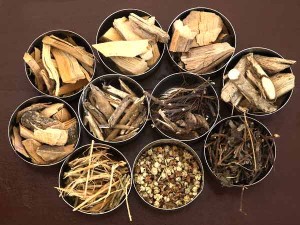 The Koraput region of Orissa is globally famous for its rich biodiversity and local land races. More than 1,780 varieties of local land races of rice were here in past. More than 1,200 medicinal plant species are available in this region. Some of the endemic medicinal plant species in this region are used for curing different diseases like gastrointestinal disorders, malarial fever, bone-fracture, anti-helminthic, anti-inflammatory, anti-fertility, asthma, pyorrhea and rheumatoid arthritis. This healing system is part of the Indian traditional medicinal system. Bio-prospecting of such precious germplasm is likely to lead to development of new drugs.
The Koraput region of Orissa is globally famous for its rich biodiversity and local land races. More than 1,780 varieties of local land races of rice were here in past. More than 1,200 medicinal plant species are available in this region. Some of the endemic medicinal plant species in this region are used for curing different diseases like gastrointestinal disorders, malarial fever, bone-fracture, anti-helminthic, anti-inflammatory, anti-fertility, asthma, pyorrhea and rheumatoid arthritis. This healing system is part of the Indian traditional medicinal system. Bio-prospecting of such precious germplasm is likely to lead to development of new drugs.
Tribal people have been in the practice of preserving a rich heritage of information on medicinal plants and their usage. These people have faith in their traditional system of healthcare and generally (if not always) practise it. They have their own traditional physicians who use these plants as their material medica. They have rich and outstanding traditional knowledge and wisdom regarding material for healing of commonly occurring ailments. They have both the know-how and do-how for preparing the medicine and its administration. Unfortunately, this information is yet to be collected systematically and comprehensively and maintained in databases in a manner they would help in protecting their knowledge.
The Koraput region is rich in genetic resources of medicinal rices and other medicinal plants. The tribal population is poor but their bio-resources endowment is rich. Very little research has been done so far in the area of conservation, sustainable and value-added use, and equitable sharing of benefits with reference to the medicinal plant heritage of Koraput. Only scientific work can help to convert bio-resources into economic wealth on an ecologically sustainable basis, thereby leading to an era of bio-happiness.
The M.S. Swaminathan Research Foundation proposed to set up a Research and Development Centre in Koraput to undertake intensive and integrated study on medicinal rices and other medicinal and aromatic plants. It is hoped that such an initiative will help to overcome the prevailing dichotomy of the poverty of the people and the prosperity of nature.
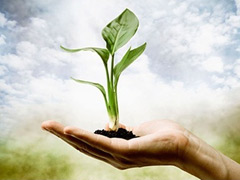 M.S. Swaminathan Research Foundation has been working in the Jeypore region for the last 12 years. Activities in the area include conservation of biodiversity, promotion of sustainable livelihoods through micro-level interventions, establishment of community managed gene, seed, grain and water banks, promotion of genetic literacy and documentation of local conservation traditions. The initiatives taken up by the MSSRF have enabled the local tribal communities of Jeypore region to receive the prestigious Equator Initiative Award for conservation of local genetic resources and traditions. More so, MSSRF’s interventions have raised the level of confidence in the local communities by way of interaction and cooperation. Establishment of SHGs involved in water resources management, wasteland reclamation and marketing of specialty rices (e.g., Kalajeera) and products of minor millets are some of the initiatives exemplifying the success of the work of tribal families, with support from MSSRF designed to create an economic stake in conservation.
M.S. Swaminathan Research Foundation has been working in the Jeypore region for the last 12 years. Activities in the area include conservation of biodiversity, promotion of sustainable livelihoods through micro-level interventions, establishment of community managed gene, seed, grain and water banks, promotion of genetic literacy and documentation of local conservation traditions. The initiatives taken up by the MSSRF have enabled the local tribal communities of Jeypore region to receive the prestigious Equator Initiative Award for conservation of local genetic resources and traditions. More so, MSSRF’s interventions have raised the level of confidence in the local communities by way of interaction and cooperation. Establishment of SHGs involved in water resources management, wasteland reclamation and marketing of specialty rices (e.g., Kalajeera) and products of minor millets are some of the initiatives exemplifying the success of the work of tribal families, with support from MSSRF designed to create an economic stake in conservation.
The vast medicinal plant resources in the region have so far been neglected. The MSSRF’s proposal to work in this area has received excellent support from the State Government. The State Government has provided 6 hectares (i.e. 15 acres) of land to MSSRF for the establishment of the Biju Patnaik Medicinal Plants Garden and Conservation Centre at Jeypore. The Honorable Chief Minister of Orissa, Shri Naveen Patnaik, performed bhumipuja to memorialize the Centre’s opening.
The centre’s major aim is to establish an ex-situ genetic conservation of medicinal plants of the major tribes of the region. The predominant tribes are Paroja, Bonda, Kandha, Kutia Kandha, Dongaria Kandha, Koya, Saura, Langia Saura, Gadaba, Bhumia, Bhatra. It is proposed to assign 1 acre of land for each major tribe for cultivating the plants they use for their health care needs. This in turn will serve as a repository of various genetic stocks of the region and can be of immense utility for the present and future generations.
Major Areas of Research, Education and Development:
The following program objectives of the MSSRF serve as a model for similar programs in other parts of India, or elsewhere in the world.
– Establish a Research, Training and Capacity Building Centre at Koraput for strengthening in situ and ex situ conservation and for undertaking validation and identification of active bio-molecules, as well as for safeguarding the IPR of tribal families.
– Initiate a Herbal Literacy Movement and organise for this purpose “Health Clubs” among school and college students.
– Foster conservation of genetic resources of medicinal plants and also promote genetic enhancement through participatory breeding.
– Establish linkages with markets so that the cultivation of medicinal plants, including medicinal rices, becomes market driven, with assured income security for tribal families.
– Develop propagation methods in order to ensure that high quality and pure seed and planting materials are available to the cultivators.
– Foster a community Gene, Seed, Grain and Water Bank Movement.
– Establish Village Knowledge Centres with specific focus on the medicinal plants.
– Promote participatory research and breeding and participatory knowledge management involving scientists and tribal families.
– Establish a Herbal Biovalley in the Koraput District for providing opportunities for the cultivation and processing of medicinal plants and medicinal rices by self-help groups (SHGs).

